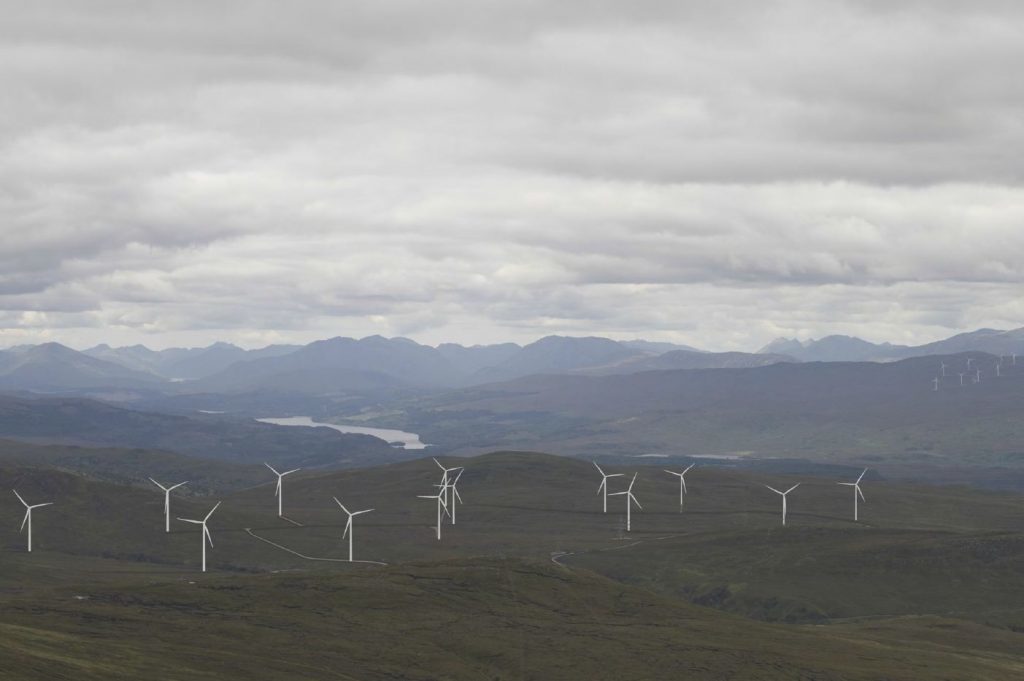
A public inquiry is to start into Highland councillors’ rejection of a 13-turbine windfarm proposed for Invergarry.
Energy firm RES wants to build 13 turbines on the Culachy Estate.
The council’s south area planning committee rejected it at a meeting in December 2015.
The hearing, before a Scottish Government appointed reporter at the Lovat Hotel in Fort Augustus, is scheduled to run for six days, drawing to a close on May 2.
The turbines would be up to 490ft tall and located four miles southeast of Newtown, Invergarry, by the Corrieyairack Pass – which attracts walkers from across the world and athletes who have competed in the popular Corrieyairack Challenge.
The conservation charity the John Muir Trust will be among witnesses called to give evidence at the inquiry.
The government agency Scottish Natural Heritage also opposed the scheme, pointing out that it would signal the loss of 1,730 acres of wild land.
SNH advised that the height of the turbines would “be out of scale with the landscape.”
The Corrieyairack Pass was used for centuries by cattle drovers. The route was turned into a military road by General Wade in 1831 and later became the site of a major battle during the 1745 Jacobite Rebellion.
The pass is designated a “scheduled ancient monument.”
RES argues that the overall visibility of the windfarm is “very contained – specifically from Loch Ness and key areas in Fort Augustus.”
It will tell the inquiry that the scheme is “well designed and appropriately sited.”
The company claims the windfarm would be capable of generating enough renewable energy “to fulfil the needs of around 30,000 homes.”
It has also promised a £5.5million windfall for the local community over its 25-year lifespan.
The site is within the Creag Meagaidh Wild Land Area and close to two national scenic areas and several special landscape areas.
It is also within 12 miles of special areas of conservation, special protection areas and sites of special scientific interest.
Fort Augustus and Glenmoriston Community Council objected on the basis that there were already 10 windfarms within a 10-mile range.
Recommended for you
